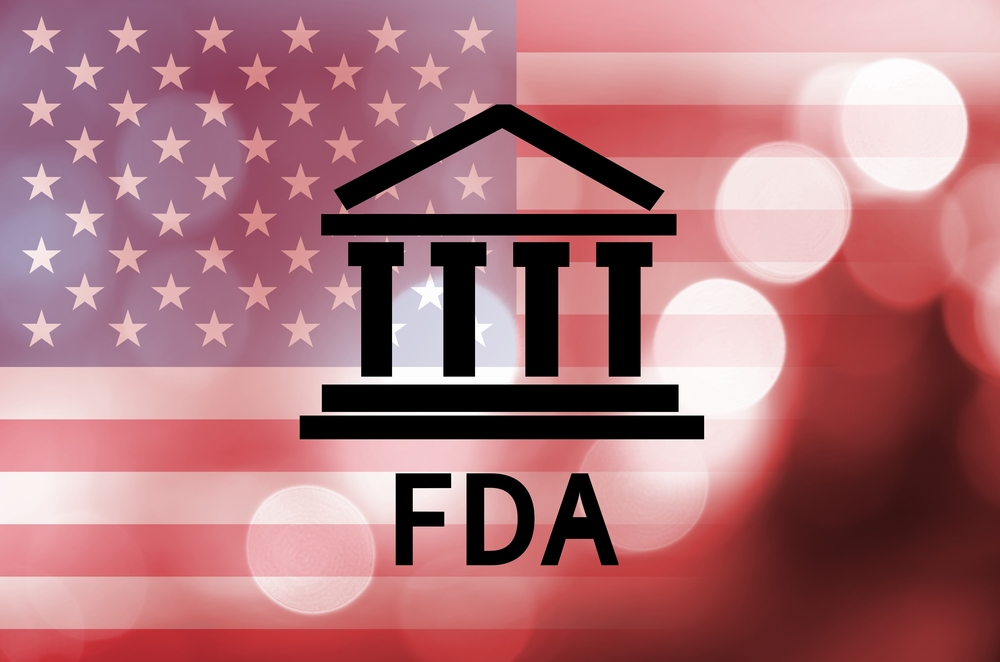Pamrevlumab, Potential Treatment for Fibrosis in DMD Patients, Named Orphan Drug by FDA

The U.S. Food and Drug Administration (FDA) has granted orphan drug designation to pamrevlumab (FG-3019), FibroGen‘s potential anti-fibrosis treatment for Duchenne muscular dystrophy (DMD) patients.
Pamrevlumab is a human monoclonal antibody that blocks the activity of the connective tissue growth factor (CTGF), a protein involved in tissue scarring (fibrosis) linked to the development of several disorders, including idiopathic pulmonary fibrosis (IPF), pancreatic cancer and DMD. It is known as an anti-CTGF antibody .
DMD, the most common type of muscular dystrophy, is a genetic disease that leads to progressive deterioration of muscle fibers. Most patients become non-ambulatory (unable to walk by themselves) between the ages of 6 and 13. At this stage, they tend to develop scoliosis and joint contractures (limited joint mobility), and become more susceptible to heart disease and respiratory failure.
Most disease-modifying DMD medications now available or under testing are meant for patient still able to walk independently (ambulatory); pamrevlumab is being developed to fill that gap.
“We are pleased to have received Orphan Drug Designation from the FDA for pamrevlumab in the treatment of DMD. There is high unmet medical need for patients suffering from this debilitating disease needing a new treatment option,” Elias Kouchakji, MD, senior vice president, Clinical Development and Drug Safety, for FibroGen, said in a press release.
The Muscular Atrophy News forums are a place to connect with other patients, share tips and talk about the latest research. Check them out today!
Pamrevlumab is currently being tested in an open-label Phase 2 clinical trial (NCT02606136) assessing its effectiveness and safety in non-ambulatory DMD patients at sites across the U.S. Twenty-one boys, age 12 or older, are enrolled and being treated with an intravenous (IV) infusion of pamrevlumab (35 mg/kg) every two weeks for a total of 156 weeks (three years). An interim analysis is expected after one year of treatment; depending on findings, enrollment may open to more patients.
The trial’s primary outcome is the annual change of forced vital capacity (FVC, the amount of air a patient is able to exhale after taking a deep breath) from baseline to week 104 (year two).
Secondary outcomes will include changes from study start (baseline) to year two of treatment in other measures of respiratory strength (e.g., forced expiratory volume, maximum inspiratory pressure), as well as muscle strength (e.g., grip strength, pinch strength) and tissue scarring (cardiac fibrosis score).
“All 21 non-ambulatory DMD patients in our ongoing phase 2 study with pamrevlumab have completed the first 52 weeks of treatment. We are evaluating a number of clinical parameters in this study, including lung function, cardiac function, and upper extremity muscle function, and tissue fibrosis. We look forward to the continued development of this investigational therapeutic,” Kouchakji said.
Orphan drug status to given to investigative treatments that aim to help people with a rare disease, which means disorders that affect fewer than 200,000 people in the U.S. The designation comes with benefits, including financial incentives for drug development and commercialization, U.S. market exclusivity for a period of seven years, FDA support for clinical studies, and special fee exemptions and reductions.
Pamrevlumab is also in clinical trials, and has been named an orphan drug and placed on fast track development by the FDA, as a potential treatment for IPF and pancreatic cancer.






